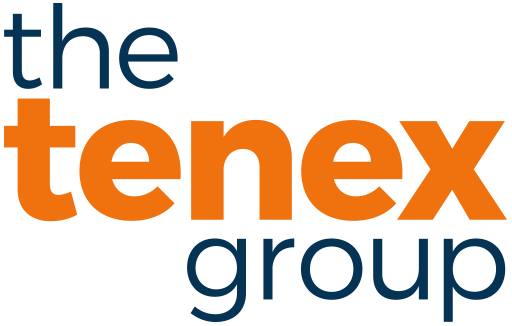By Kirk Layton, President & Co-Founder, The Tenex Group

By Kirk Layton, President & Co-Founder, The Tenex Group

18 King Street East, Suite 1400
Toronto, ON M5C 1C4
© 2024 The Tenex Group. All Rights Reserved. Privacy Policy | Terms & Conditions
